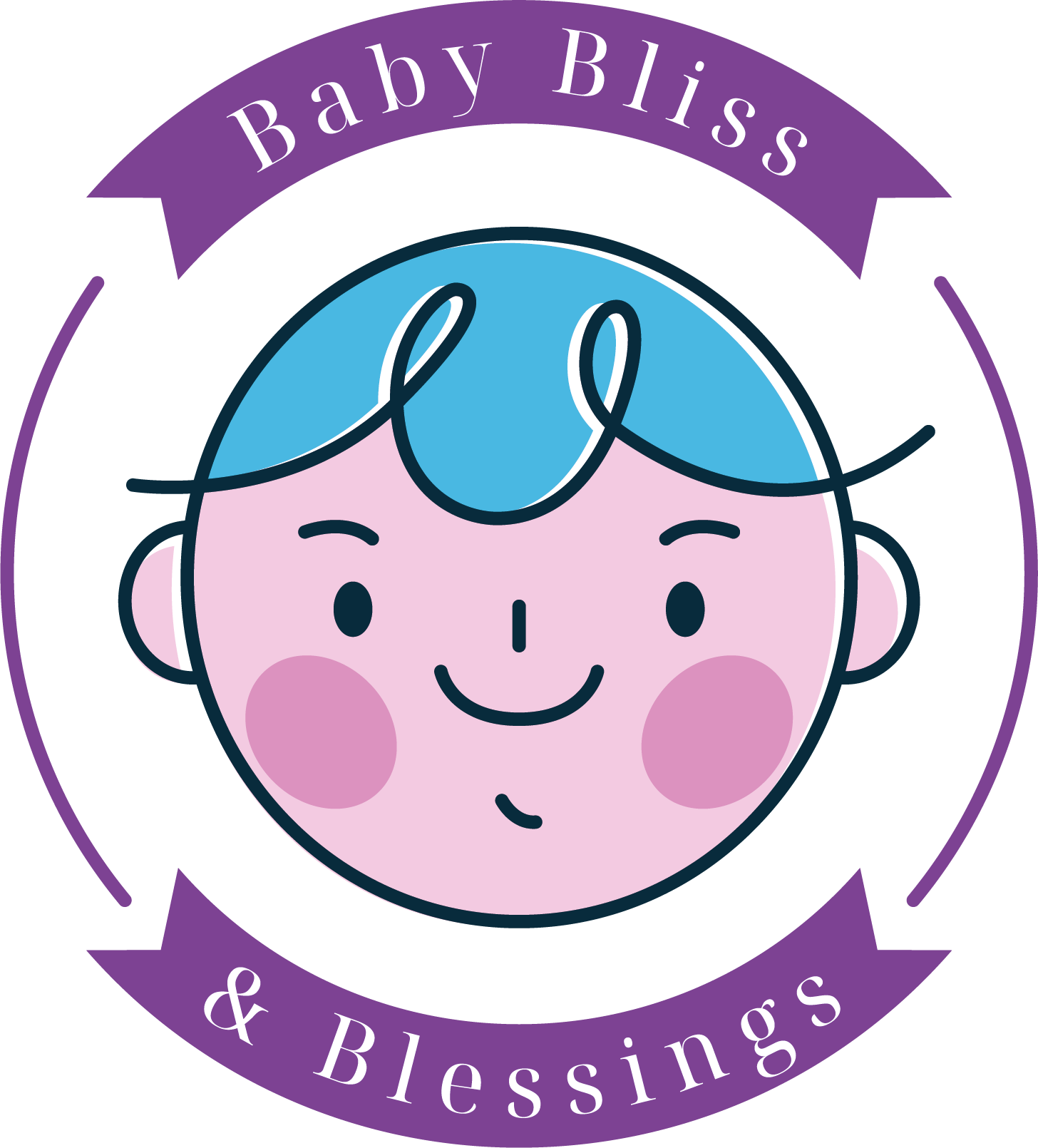Parents and other caregivers have strong thoughts and emotions about piercing your baby’s ears. The decision to pierce a baby’s ears needs careful consideration of several things, ranging from personal preferences to cultural standards.
Cultural and Personal Perspectives on Baby Ear Piercing
Babies’ ear piercings are often deeply rooted in tradition. Ear piercings are carried out as part of traditional rituals or as a symbol of cultural identification in many cultures, sometimes immediately after birth or during childhood. The choice to pierce a baby’s ears is, however, heavily impacted by the parents’ or caregivers’ personal preferences and beliefs in today’s culture.
Health Considerations and Risks
Ear piercing is a popular practice, but it’s important to be aware of the potential dangers. There’s a chance of infection, jewelry material allergies, and poor healing when piercing a baby’s ears. Because babies’ immune systems are still developing and there is a chance of impacts, medical professionals advise against piercing their ears at an early age.
Age Consideration: When is it Safe?
It’s important to know when to have an ear piercing. To reduce the chance of difficulties, the majority of pediatricians suggest waiting until the child is at least six months old. Babies’ immune systems are more developed at this age, so they can recover from the piercing process more easily.

Preparation and Aftercare Tips
Finding a reputable piercer who follows strict cleanliness and safety regulations is crucial before deciding to pierce a baby’s ears. Proper aftercare is essential to promote healing and prevent infections following the piercing. This means keeping the area pierced clean with saline solution regularly and avoiding handling or moving the earrings.
Alternative Options
There are alternatives available for parents who are worried about piercing their baby’s ears. Temporary techniques, like magnetic or clip-on earrings, provide a non-permanent alternative to piercings for beautifying. Furthermore, parents can celebrate anniversaries or special occasions with individual jewelry selections without having to commit to long-term piercings.
Addressing Common Concerns
The possibility of pain and discomfort is one of the main worries parents have when having their baby’s ears pierced. Though it’s usually minor and temporary, babies may feel some discomfort during the piercing procedure. Furthermore, the healing process is usually quick and any discomfort goes away in a few days with appropriate aftercare.
Making the Decision: Factors to Consider
In the end, piercing a baby’s ears is a personal choice that needs to be made carefully and sensibly. Before getting their ears pierced, parents should think about their cultural values, their child’s comfort and well-being, and any possible risks. Parents may make the greatest option for their child by being well-informed and maintaining open lines of communication with pediatricians and trusted piercers.
It’s important to carefully weigh cultural, personal, and health issues before piercing your baby’s ears. Although some families find it to a meaningful ritual, it’s crucial to put the child’s safety and wellbeing first. Parents can make an informed decision that fits with their values and interests by assessing the risks and advantages and consulting medical professionals.








[…] Piercing Your Baby’s Ears: A Delicate Decision […]